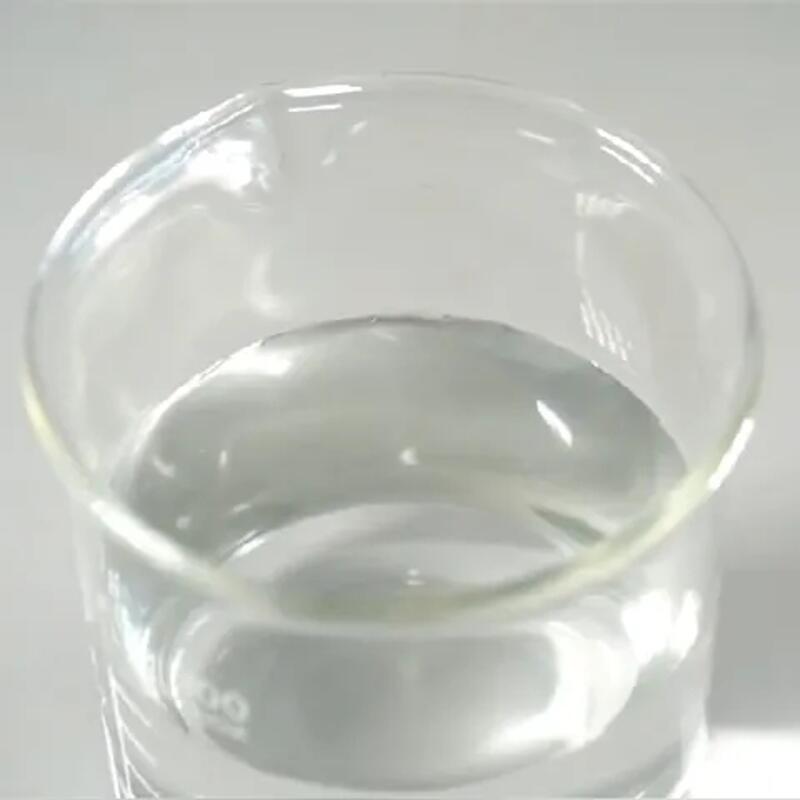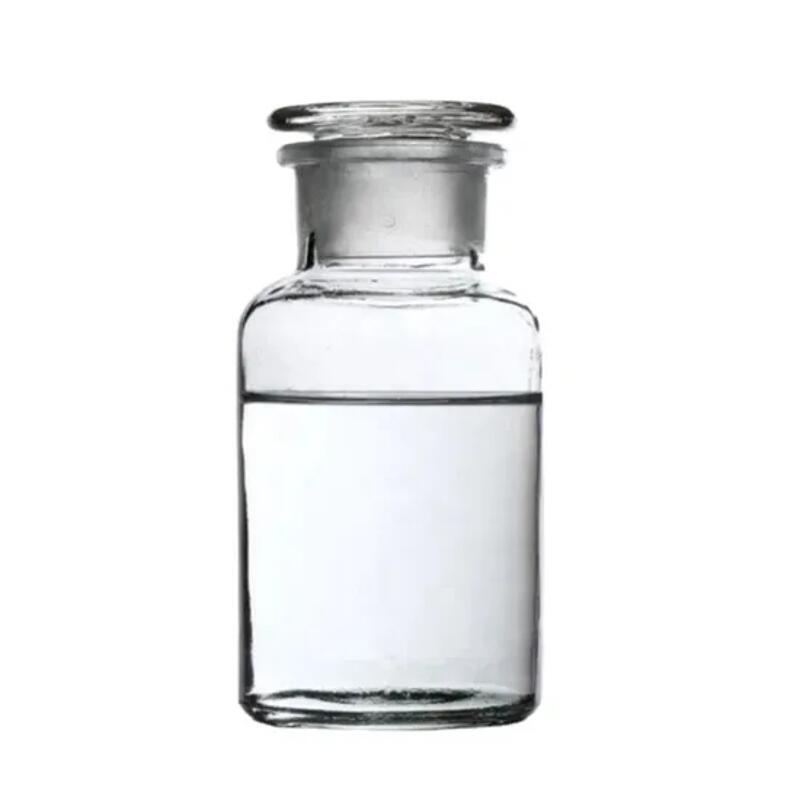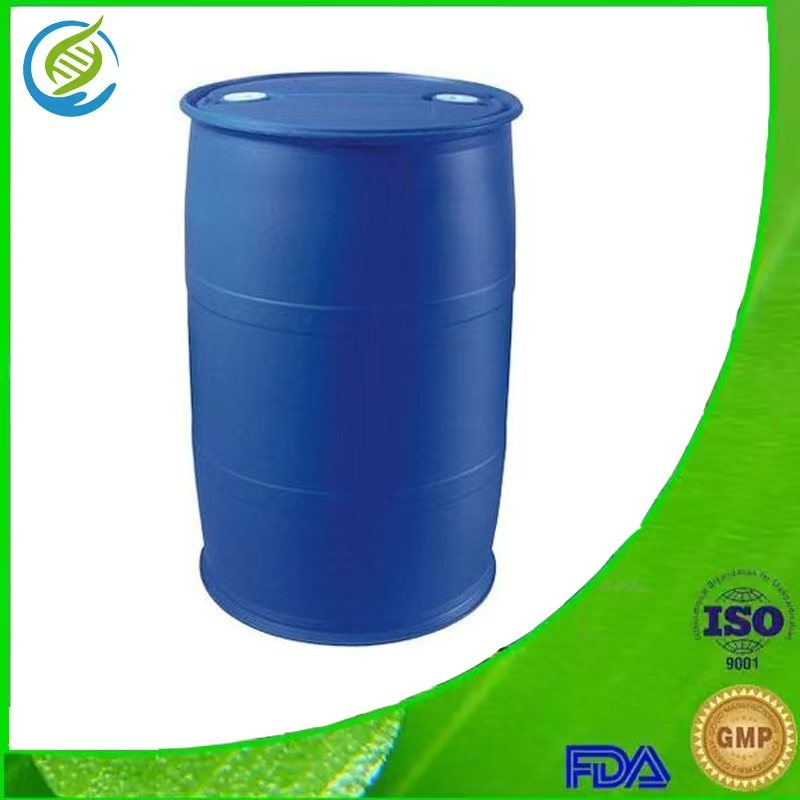-
Categories
-
Pharmaceutical Intermediates
-
Active Pharmaceutical Ingredients
-
Food Additives
- Industrial Coatings
- Agrochemicals
- Dyes and Pigments
- Surfactant
- Flavors and Fragrances
- Chemical Reagents
- Catalyst and Auxiliary
- Natural Products
- Inorganic Chemistry
-
Organic Chemistry
-
Biochemical Engineering
- Analytical Chemistry
-
Cosmetic Ingredient
- Water Treatment Chemical
-
Pharmaceutical Intermediates
Promotion
ECHEMI Mall
Wholesale
Weekly Price
Exhibition
News
-
Trade Service
1Case information1.1 General informationchildren, male, 2 years and 9 months, the child was admitted to hospital due to a physical examination found heart murmursPinsu sweating, prone to lung infection, no activity, crying after the lips and bruises, no fainting, squatting and other manifestationsChildren are thin, mild anemia, double lung hearing sound clear, unheard and obvious dry, wet sound, the tip of the heart can smell and 2/6 degree contraction period blow-like noise, abdominal flat soft, liver and spleen under the ribs, double lower limbs without edemaECG examination: sinus tachycardia, left chamber high voltageultrasound examination: congenital heart disease drooping two-tip valve and a large number of reflux, left room, left room increase, left chamber blood score of 75%Chest X-rays: left room, left room increase, chest ratio 0.66Family history: Parents are healthy, have no diseases similar to those of children, and diseases without family genetic tendenciesPreoperative diagnosis: Congenital heart disease drooping two-tip valve and a large amount of reflux1.2 Pre-anaesthetic Assessment's height of 103 cm, weight 13.2 kg, heart rate 115/9r, min, SpO2 100%, blood pressure 105 mmHg/60 mmHg (1 mmHg.0.0133 kPa), body temperature 36.7 degrees C, Hb 96 g/L, blood routine other items, urine routine and all biochemical indicators are in the normal range, blood clotting time, infectious disease screening no abnormalities, proposed in the intravenous inhalation compound anaesthetic two-tip valve forming1.3 In the management ofin anesthesia, the child crying in the transfer bed area, separation difficulties with parents, to give ketamine (production batch number: 1507294, Fujian Gutian Pharmaceutical Co., Ltd.) 10 mg, Atropine (production batch number: 1605041, Tianjin Jinyao amino acid Co., Ltd.) 0.1 mg intravenous injection, children sleep into the operating room routine monitoring: 138 times/min heart rate, blood pressure 108 mmHg/55 mmHg, SpO2 100% Anesthetic-induced drugs: Midaazolam (Production Lot: 20160409, Jiangsu Enhua Pharmaceutical Co., Ltd.) 0.5 mg, Shufentani (Production Lot: 1160313, Yichang Manfu Pharmaceutical Co., Ltd.) 10 sg , shun benzene sulfonate ammonium (production lot number: 16061017, Jiangsu Hengrui Pharmaceutical Co., Ltd.) 3 mg, dexamethasone (production lot number: 1606242, Tianjin Jinyao Amino Acid Co., Ltd.) 2 mg The induction process is smooth, the intubation is smooth, and the ventilator is mechanically ventilated inhalation 1.0% to 1.5% heptifee ether (production batch number: 16070731, Jiangsu Hengrui Pharmaceutical Co., Ltd.), vein continuous pumpinto into the right metoricd (production batch number: 16011032, Jiangsu Hengrui Pharmaceutical Co., Ltd.), Shunbenzene sulfonic aquorama, intermittent intravenous injection Shufenteni maintenance anesthesia Tide volume 150 ml, breathing rate 18 times/min, PETCO2 45 mmHg The establishment of the tibia blood pressure monitoring, regular monitoring of nasopharyngeal temperature, rectal temperature, anesthesiologist punctured the venous veins in the right neck when the contact diagnosis, found that the thyroid gland slightly enlarged, puncture tube process smoothly Place dissonance anesthesia, blood pressure 105 mmHg/58 mmHg, heart rate 145 times/min, body temperature of 37.4 degrees C, child PETCO2 is still high at about 45 mmHg, intermittently given to Airol (production batch number: 6F0112C05, Qilu Pharmaceutical Co., Ltd.) 0.5 mg/kg intravenous injection, control After a heart rate of about 115 times/min, PzrCO: still high at about 40 to 45 mmHg, increased respiratory rate to 22 times/min, adjusted PETCO2 to 35 to 40 mmHg, anesthesiologists suspected hyperthyroidism in children, leaving intravenous blood to monitor thyroid function (at the end of surgery thyroid function return results table 1) children in the shallow low CPB downstream two-tip valve repair, CPB block52 min, turn 78 min Esophageal ultrasound examination two tip valve repair satisfaction, hemorrhage shut-off chest process smoothly, the child returned to the ICU Heart rate 135 7' less Jmin, Sp02100%, blood pressure 105 mmHg/62 mmHg, body temperature 36.5 degrees C 1.4 postoperative conditions 2 h 20 min after surgery, the child's vital signs are stable, the trachea intubation is removed At night children with high heat 40 degrees C, ventricular tachycardia heart rate 185 times / min, convulsive coma, immediatebed side trachea intubation (after 12 h), intravenous application of hydrogenated pine (production batch number: 0l 1604065, Tianjin biochemical pharmaceutical factory) 25 mg, pu-pyrols (production batch number: H310201466 Shanghai New Yellow River Pharmaceutical Co., Ltd 10 mg, propylene-based thiooxygen (production batch number: H32020795, Essence Pharmaceutical Group Co., Ltd.) 50 mg nasal feeding, while giving the variable temperature water tank, warm towel wipe physical cooling treatment, the child's body temperature and heart rate gradually decreased, treatment 1 h after heart rate control at about 95 times / min, body temperature of about 37 degrees C Night morphine 20 sg.kg-1.h-1, right metorite 0.5 sg.kg-1-1 continuous pumping, full sedation analgesic, postoperative 23 h children awake, respiratory circulation stable, heart rate 100 times / min, SpO2 100, blood pressure 99 mmHg / 62 mm hg body temperature, 36.2 degrees C, successfully pulled out of the trachea tube, d Discharge is recommended to continue treatment of meldonium, regular review 2 Discuss the importance of 2.1 pre-anaesthetic assessment
children with meldonium have a family tendency and the positive rate of family history is 21.4% Therefore, asking about a family history before anesthesia may provide a diagnostic clue Children's primary symptoms are atypical, slow progress, often showing emotional instability, irritability, hyperactivity and inattention and other minor behavioral changes, often not due to parental attention and delay diagnosis Congenital heart disease and atypical meldonium in children with developmental delays, irritability, heart enlargement, heart rate, arrhythmia and other manifestations Therefore, it is easier to ignore the diagnosis of methylene in clinical work The blood system of children with meldonium will change, the total number of peripheral blood WBC is low, the percentage and absolute value of lymphocytes and the increase of mononucleoblasts, platelet life is also shorter, sometimes can occur cyanosis, due to increased consumption, malnutrition and iron use disorders can lead to anemia the child had mild anemia before surgery For children with large goiter, the airway smoothness and the presence of trachea softening should be fully assessed before surgery Visual laryngoscopy may be a good choice in children with moderate to severe goiter if the airways are pressurized or there is a softening of the trachea In this case, no airway problems were found in the preoperative chest x-ray and evaluation The incidence of toxic diffuse goiter (Graves disease) eye disease is about 25%, and eye protection medications (eye drops, lubricants, eye pads) are important in anesthesia, especially in patients with sudden eyes 2.2 in children with meldonium anaesthetic management the child's morning crying is serious, difficult to separate from parents, intravenous ketamine 10 mg, atropine 0.1 mg, after falling asleep access to the surgery room Ketamine and atropine can induce sympathetic nerve excitability in children, drugs that stimulate sympathetic nerves (e.g ketamine, ammonium patridolate, atropine, ephedrine, epinephrine) should be avoided, and vascular constrictors (deoxyrepine) are the first choice for low blood pressure in the treatment preoperative medication sediton or benzodiazepine, and it may be safer to let a child fall asleep and then access to the operating room Maintaining sufficient anaesthetic depth during surgery to avoid the reaction of the overly strong sympathetic nervous system is the key to anesthesia management For patients with poor preoperative control or missed diagnosis, intravenous beta blockers, iody pyric acid, cortisol or dexamethasone and the application of propylene thiopental are usually necessary to give glucocorticoids to reduce the rapid release of thyroid hormones Giving dexamethasone when anaesthetic in the child may reduce the release of thyroid hormones during surgery 2.3 The diagnosis and prevention of thyroid crisis thyroid risk is a life-threatening state in which the symptoms of meldonium are suddenly aggravated by stress response Usually seen in the postoperative 6 to 18 h, clinical manifestations have high fever, sweating, tachycardia heart rate of 160 times / min, vomiting, irritability, consciousness disorders, coma and other characteristics of clinical syndrome The probability of thyroid crisis increased in children with undiagnosed meldonium surgery, and the fatality rate of thyroid crisis was as high as 8% to 25% Thyroid risk in surgery and after surgery needs to be diagnosed with malignant high fever, both will appear high fever, tachycardia, high metabolism, the actual work of identification may be very difficult A sound preoperative assessment will help to provide the right diagnostic thinking, and ultimately the diagnosis depends on the detection of thyroid function this case of preoperative leakage of hyperthyroidism, anesthesia induced after the appearance of high metabolic performance of the body, anesthesiologists quickly leave blood samples for thyroid function testing, for the post-operative ICU heart palpitations, coma when timely diagnosis of thyroid crisis provides a basis, the child also got the first time to get the correct treatment 2.4 children with low incidence of meldonium, but it is one of the most common endocrine diseases in children, thyroid risk is a serious life-threatening complication Therefore, anesthesiologists should pay enough attention to children with meldonium, from pre-anaesthetic assessment to get more diagnostic clues, for suspicious children actively laboratory test ingested confirmed, should be the best way to avoid the occurrence of thyroid risk in such children Preoperative missed diagnosis, abnormal after the operation to urgently check thyroid function, in the shortest possible time to clearly diagnose, and actively give anti-thyroid drug treatment, can minimize the occurrence of adverse events, to ensure the safety of children adequate postoperative sedation and analgesia, reducing the risk of fear, anxiety, tension and pain in children, and also reducing the likely risk of thyroid risk There are two aspects to the deficiencies of the treatment of this case: First, after a laboratory examination has been clearly diagnosed, the high risk of thyroid risk is insufficient, and no active treatment for meldonium is initiated quickly There have been studies reporting that patients who perform non-thyroid surgery under intense stress still experience thyroid risk due to the size of surgery Second, if a blood sample is collected in a child's coma to detect thyroid hormone levels, it can better guide clinical treatment By learning from this case discussion, preoperative, intraoperative and postoperative systems assess patients and identify problems, and do a good job of prevention and early diagnosis and treatment for possible symptoms, thereby increasing the safety of anesthesia and surgery in such children







